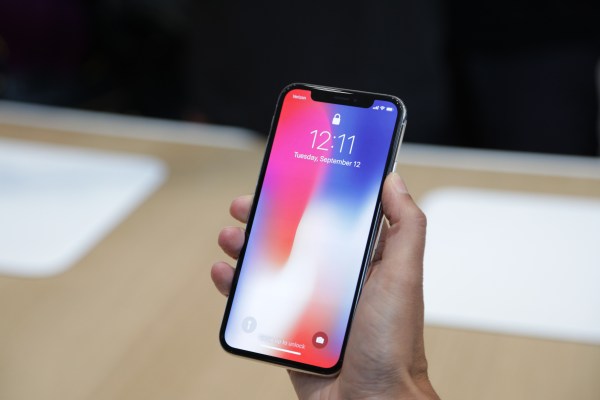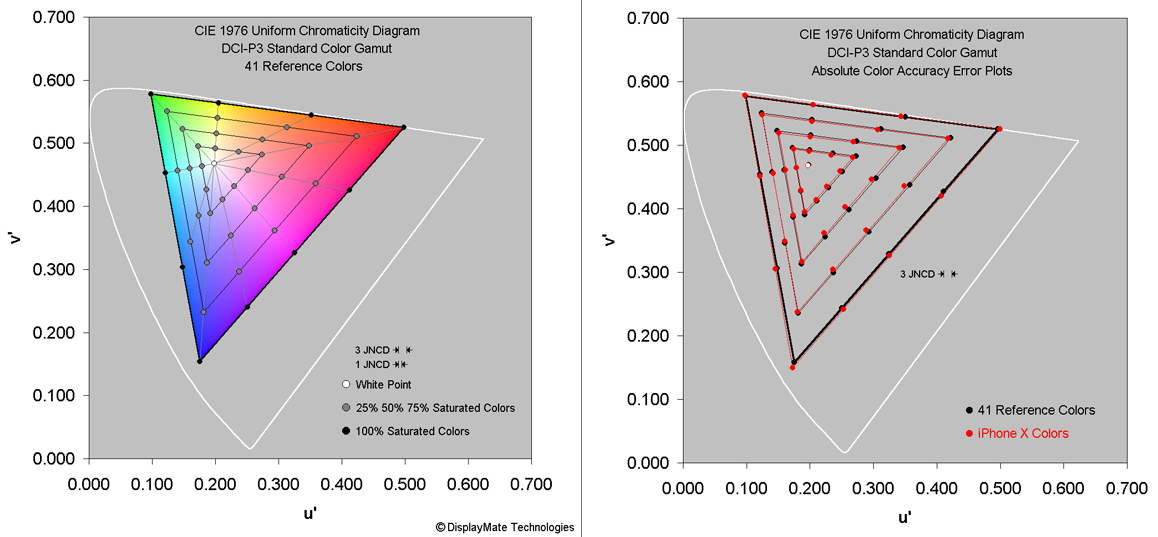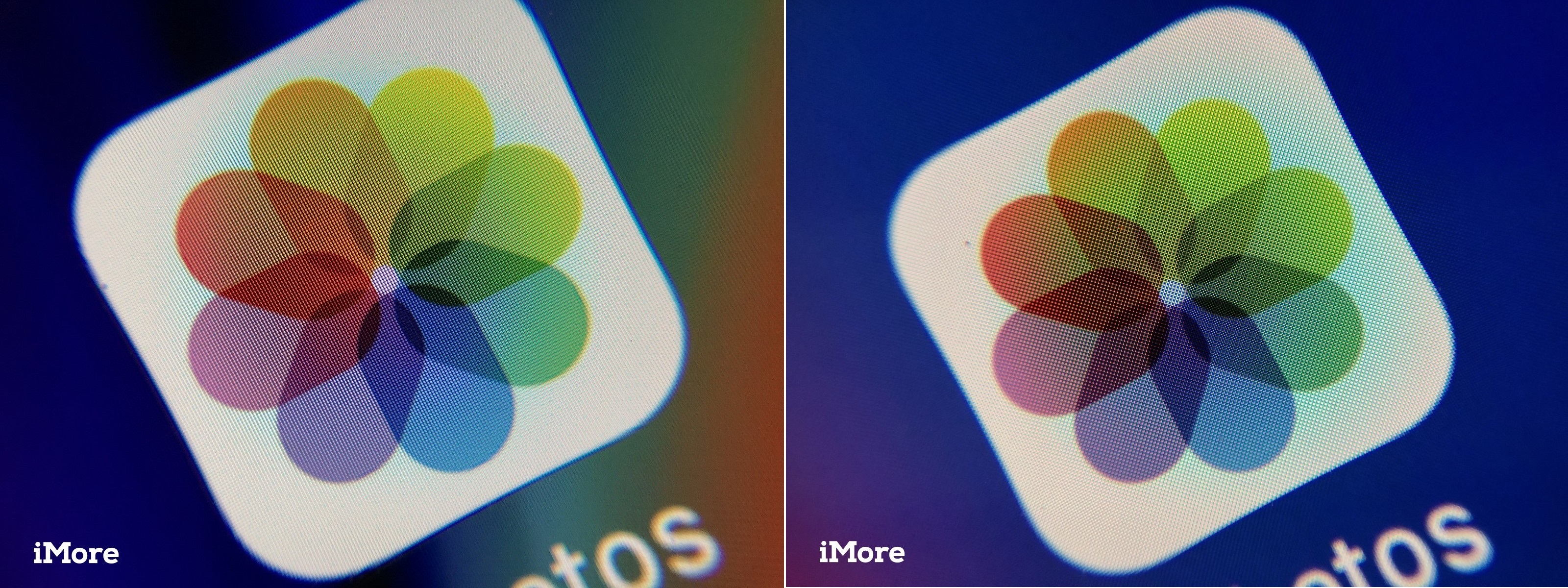Lab tests on the recently released iPhone X put Apple’s new flagship in the highest tiers of quality when it comes to the display and camera, but it’s only in the former category that it truly leaves the competition behind. Of course, what’s the point of having great images if your screen can’t show them properly?
Apple doesn’t tend to make their own displays; but while LG, Sharp and, in the iPhone X’s case, Samsung rightfully deserve credit for making them, Apple doesn’t just snatch them off the shelf. A ton of money and time is spent customizing and tweaking them, and phones are individually calibrated before they ship to account for variation in the manufacturing process.
DisplayMate’s battery of tests aims at testing the absolute color accuracy, brightness and other objective measures of a display. And by those measures the latest iPhone beats out even the latest OLED displays from Samsung, their parent company, as it were.
OLEDs naturally excel in a number of categories, from contrast to color accuracy, and Apple’s software emphasizes these strengths. Its color accuracy in particular is the best DisplayMate has tested. And conveniently, it switches to the correct color profile or gamut depending on the content, meaning you won’t see images intended for display in sRGB shown through the lens of Adobe or DCI-P3.
If that doesn’t mean anything to you, don’t worry — the whole point is you don’t need to be aware of it, and instead can simply be sure that photos, movies, games and so on will be seen exactly as they should be. All the same, you might want to spend a little time in the display options, since automatic white balance may throw off viewers sensitive to that kind of thing (me, for instance).
One change to the display tech that may be considered lateral is the move to diamond sub-pixels. Each pixel in digital displays, as you may know, is generally made up of a number of sub-pixels: different numbers and shapes of red, blue and green that illuminate to various degrees to form in aggregate the colors we perceive.
For LCDs this often takes the form of an RGB grid, generally with a square composed of a red, a green, a blue, then maybe another green sub-pixel, or something like that. This has worked well but leads to certain patterns of aliasing, or pixelation. Different sub-pixel layouts produce different aliasing patterns.
The iPhone X’s sub-pixel layout is different from every previous iPhone in that the pixels are diamond-shaped and arranged in a diagonally symmetrical grid rather than rectangular and on a rectangular grid:
Now, ever since the advent of >300 PPI screens, aliasing is much less of a problem than it once was. But some kinds of aliasing are preferable to others, and it happens that the type exhibited by the iPhone X (and others in diamond or Pentile arrangement) is not ideal for vertical and horizontal lines.
This comparison shot taken for iMore’s review of the phone illustrates this:
On diagonals and round edges, the diamond pattern makes for a more natural curve without stair-stepping. But in straight horizontal and vertical lines, you end up with a sawtooth pattern.
That is, if you look at the phone through a microscope. While sawtooth aliasing was a problem back on the original Galaxy S, we’ve come a long way and pixel pitch is much smaller now, making the pattern, while it’s still there, much less noticeable. (I also say this having not looked at the thing in real life, and no one has complained so far that I know of.)
Camera vies with the best
 DxOMark has tested all the flagships this year with a new set of mobile-focused tests, and while these semi-synthetic metrics should always be taken with a grain of salt, these people know what they’re doing and are of course unregenerate pixel-peepers.
DxOMark has tested all the flagships this year with a new set of mobile-focused tests, and while these semi-synthetic metrics should always be taken with a grain of salt, these people know what they’re doing and are of course unregenerate pixel-peepers.
The iPhone X surpasses the previous high score in still photos, very narrowly beating out the Galaxy Note 8 and Huawei Mate 10 Pro; it’s also better than the iPhone 8 Plus, which was itself briefly a high-water mark. So it’s excellent, as our review found.
As you might expect in a phone with a fantastic screen, color and contrast are particularly well captured. However, like other Apple devices, its shutter lag was frequently longer than the competition — particularly the Pixel 2, which set a new bar for autofocus speed and precision.
It lost points in extreme low light, where it was also bested by the Pixel 2, and its flash portraits seem to be regularly underexposed. This is where it also lost points in video: noise and underexposure marked its 1080p/30 video.
It seems as though under good conditions, though, the iPhone X is as unimpeachable as both its predecessors and competition.


